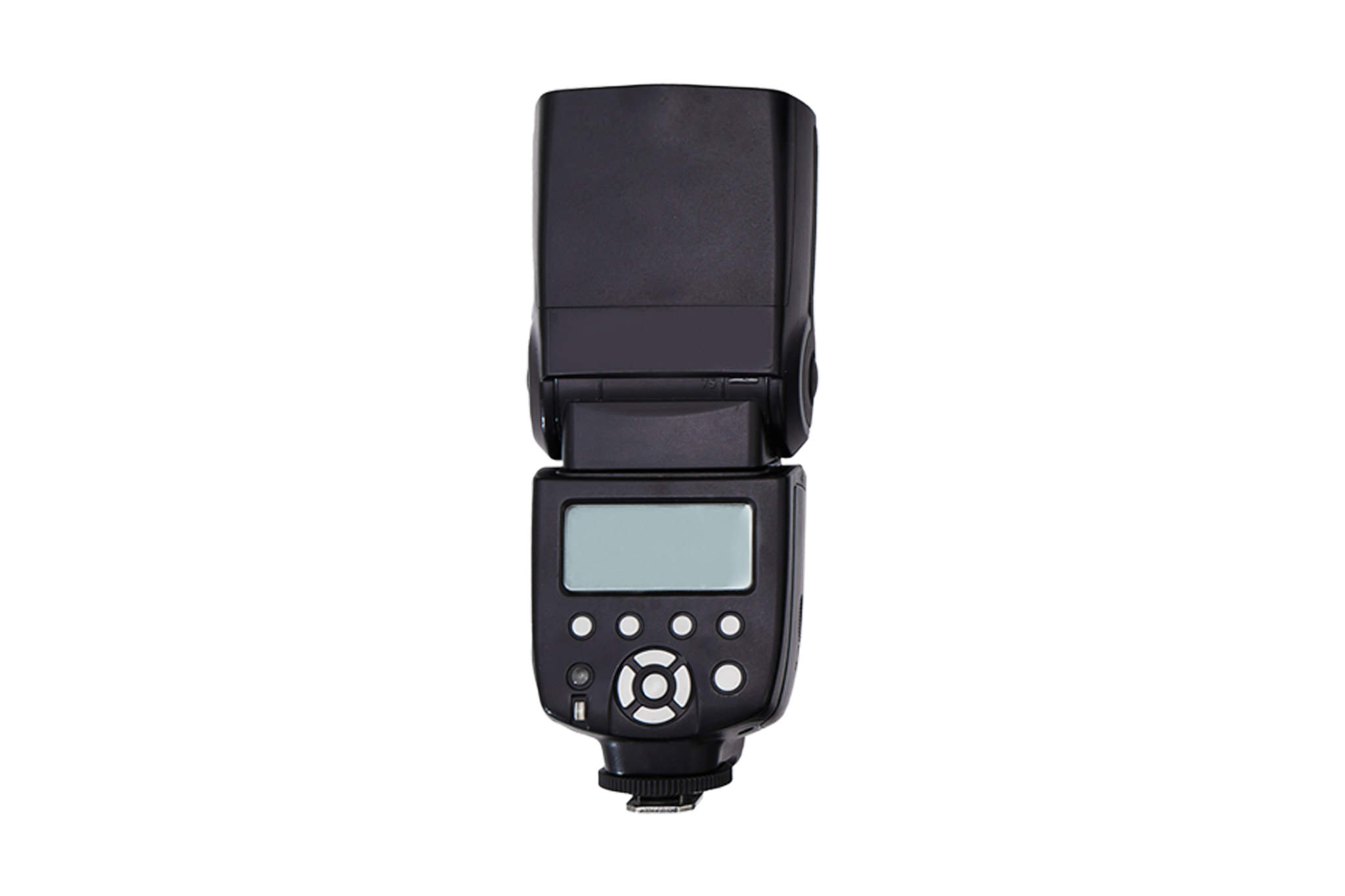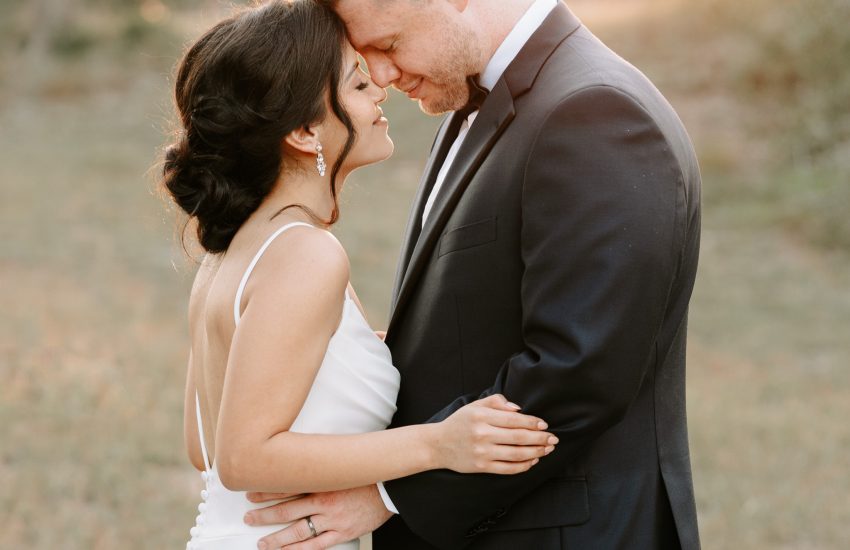Do You Need a Flash for Wedding Photography? Pros, Cons, and Alternatives
A wedding day is one of the most important and memorable days in a couple’s life. It is a day when two people commit to spending the rest of their lives together, surrounded by their loved ones. Wedding photography plays a vital role in capturing these special moments and preserving them for generations to come. The photographs are not just snapshots of the day, but also a reflection of the emotions, feelings, and memories that are associated with it.
One of the key aspects of wedding photography is lighting, and the use of a flash is a common topic of debate among wedding photographers. Some photographers prefer to use a flash to ensure proper lighting, while others prefer natural light to capture the day’s atmosphere. In this blog post, we will explore the question of whether or not a flash is necessary for wedding photography and discuss the advantages and disadvantages of using one. We will also provide tips for using a flash and alternatives to consider. So, let’s dive in!
What is a flash in photography?
Definition of a flash
In photography, a flash is a device that emits a burst of bright light to illuminate a subject. It is typically used in low-light situations or when additional lighting is needed to create a desired effect.
How it works
A flash works by using an electric current to generate a high-voltage charge, which is then released through a gas-filled tube to produce a brief but intense burst of light. The light from the flash is reflected off the subject and captured by the camera’s sensor or film.
Different types of flash
There are several types of flashes available for use in photography:
Built-in flash: This is a small, low-powered flash that is built into the camera body. It is convenient and easy to use but can produce harsh lighting and limited coverage.
External flash: This is a more powerful flash that is attached to the camera body or used off-camera. It offers more control over the direction and intensity of the light, but can be bulky and require additional equipment.
Studio flash: These are powerful, high-end flashes used in professional studio settings. They provide a wide range of options for lighting control and are typically used in portrait and fashion photography.
Ring flash: This is a circular flash that attaches to the front of the lens. It produces a distinctive, even light and is often used in macro photography and portraits.

Advantages of using a flash for wedding photography
Better lighting
One of the primary advantages of using a flash for wedding photography is the ability to produce better lighting. A flash can fill in shadows, reduce harsh contrasts, and create a more even exposure. This is particularly useful in low-light situations, such as indoor or evening weddings, where natural light may be insufficient.
More creative control
Using a flash also provides more creative control over the lighting and mood of the photographs. Photographers can adjust the direction, intensity, and color of the flash to achieve a desired effect. This can be especially useful when trying to capture a specific mood or atmosphere, such as a romantic candlelit dinner or a lively dance floor.
Ability to shoot in low-light situations
Another advantage of using a flash is the ability to shoot in low-light situations without having to use a slow shutter speed or high ISO setting, which can lead to grainy or blurry images. This is particularly important in wedding photography, where capturing sharp, clear images is crucial.
Disadvantages of using a flash for wedding photography
Disruptive to the wedding atmosphere
One of the primary disadvantages of using a flash for wedding photography is that it can be disruptive to the atmosphere of the wedding. The bright flash can be distracting and draw attention away from the couple and the event itself. In addition, the sound of the flash going off can be loud and intrusive, especially during quiet moments such as the ceremony.
Can create harsh lighting
Another disadvantage of using a flash is that it can create harsh lighting and unflattering shadows if not used correctly. This can lead to a “flashy” look that does not capture the natural beauty and atmosphere of the wedding. In addition, the flash may cause red-eye or a washed-out appearance in the photographs.
Adds extra equipment to carry
Using a flash also means carrying extra equipment, such as the flash unit, batteries, and a diffuser or reflector. This can be cumbersome and limit mobility, especially if the photographer is using off-camera flash or multiple units.
While using a flash can provide better lighting and greater creative control in certain situations, it is important for wedding photographers to be mindful of its potential drawbacks and use it judiciously. By balancing the benefits and disadvantages of using a flash, photographers can produce beautiful, high-quality images that capture the essence of the wedding day.
Alternatives to using a flash for wedding photography
While using a flash can provide better lighting and greater creative control, there are also alternatives that can produce beautiful results in wedding photography.
Natural light
One alternative to using a flash is to rely on natural light. This can be particularly effective in outdoor settings or venues with large windows that allow for plenty of natural light. Photographers can use the available light to create a soft, romantic atmosphere that captures the beauty of the location and the event.
Reflectors
Another alternative is to use reflectors to bounce and redirect light. Reflectors are lightweight, portable, and come in a variety of shapes and sizes. They can be used to fill in shadows, soften harsh light, and add warmth or coolness to the overall tone of the image. Reflectors are particularly effective in outdoor settings or venues with ample natural light.
Off-camera lighting
Off-camera lighting is another alternative to using a flash. This involves using a separate lighting unit, such as a continuous light or strobe, to create a desired effect. Off-camera lighting allows for greater creative control over the direction, intensity, and color of the light, and can be particularly effective in low-light situations or for creating a specific mood or atmosphere.
By using natural light, reflectors, or off-camera lighting, wedding photographers can produce beautiful, high-quality images without the potential drawbacks of using a flash. It is important for photographers to choose the best lighting option for each situation and to use it judiciously to create the desired effect.
When should you use a flash for wedding photography?
While there are alternatives to using a flash in wedding photography, there are certain situations where it may be necessary or advantageous to use one.
Indoors
When shooting indoors, especially in venues with low ceilings or dark walls, a flash can help to fill in shadows and provide better lighting. This is particularly important during the ceremony or formal portraits, where capturing clear and well-lit images is crucial.
In low-light situations
In low-light situations, such as outdoor weddings during dusk or evening receptions, a flash can provide the necessary light to capture clear and sharp images. Without a flash, images may appear blurry or grainy due to a slower shutter speed or higher ISO setting.
During the reception
During the reception, when there may be dancing or other fast-paced activities, a flash can help to freeze the action and produce sharp images. Additionally, the creative control offered by a flash can help to capture the mood and atmosphere of the event, such as the warm glow of candlelight or the energy of a packed dance floor.
It is important for wedding photographers to assess each situation and determine when using a flash would be beneficial. By using a flash strategically and with discretion, photographers can capture beautiful and memorable images that will be treasured for years to come.
Tips for using a flash for wedding photography
When using a flash for wedding photography, there are certain tips that photographers can follow to achieve the best results.
Avoid direct flash
Direct flash can produce harsh lighting, unflattering shadows, and a flat overall look to images. Instead, photographers should aim to use indirect or bounced flash, which can soften the light and create a more natural-looking result.
Use bounce flash
Bounce flash involves aiming the flash at a reflective surface, such as a ceiling or wall, and letting the light bounce back onto the subject. This technique can produce a softer and more even light, as well as more natural-looking skin tones. However, it is important to take into consideration the color and texture of the reflective surface, as this can affect the overall look of the image.
Consider using a diffuser
A diffuser can help to soften and spread the light from the flash, creating a more natural and flattering effect. Diffusers come in a variety of shapes and sizes and can be attached to the flash unit or held separately.
Other tips for using a flash in wedding photography include adjusting the flash power to match the ambient light, using a flash bracket to position the flash off-camera, and practicing with the flash before the wedding to become familiar with its capabilities and limitations.
Conclusion
In conclusion, using a flash for wedding photography can offer significant advantages, such as better lighting and more creative control, particularly in low-light situations. However, it also comes with its own set of disadvantages, such as potentially disrupting the wedding atmosphere and creating harsh lighting.
When deciding whether to use a flash, it is important for wedding photographers to weigh these advantages and disadvantages, as well as consider alternative lighting options, such as natural light, reflectors, and off-camera lighting.
If a photographer does choose to use a flash, there are certain tips that can help them achieve the best results, such as avoiding direct flash, using bounce flash, and considering using a diffuser.
In the end, the decision to use a flash ultimately depends on the specific situation and the photographer’s own preferences and artistic vision. By being mindful and strategic in their use of flash, wedding photographers can create beautiful and memorable images that will be cherished for years to come.



